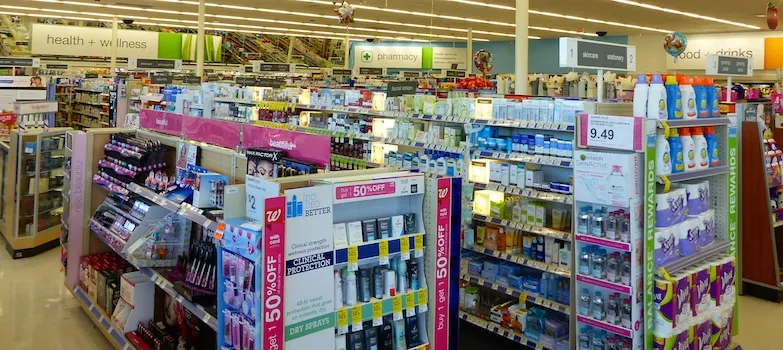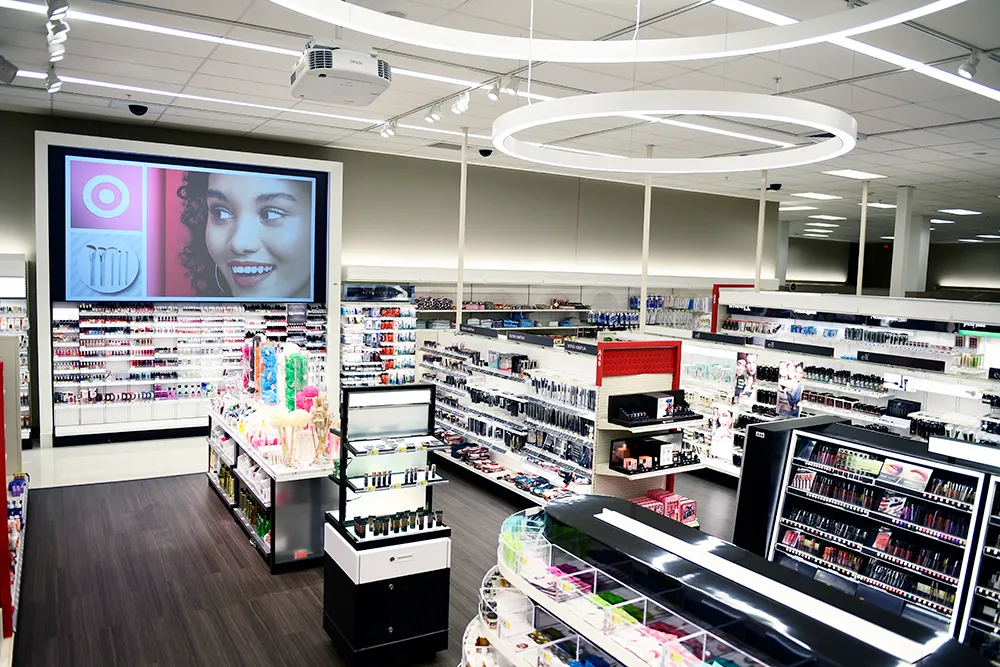
Eric Gervet
The legacy business model in consumer and retail is the pipe through which value is generated upstream and delivered to consumers downstream. As everyone is aware, a powerful alternative has emerged. Today “platform” enterprises such as Alibaba, Amazon, Tencent and Uber are dominant business titans.
Platforms exist not merely to deliver goods and services, but also to orchestrate multiparty interaction and value creation. Value flows not solely from the brand to the consumer, but also across and between a limitless network of consumers and value providers, in many directions at once. (For more details, please see highlights from our Platform Imperative presentation during the 2019 Consumer Goods Forum Global Summit in Vancouver.)
What might that mean for retail pharmacy? Platforms could help forward-looking store brands to engage more deeply and frequently with customers — particularly their most profitable customers.
Amazon is a familiar and illustrative example of how platform innovation can yield exponential gains in consumer engagement. As a pure marketplace, Amazon connected with consumers at an average frequency of just once a week. Today, with Prime content, Alexa, and other touchpoints, the number of consumer interactions with Amazon can exceed 50 times a day.
Here is the logical path forward for chain drug store companies. A successful platform needs users and an ecosystem of interest to those users. Retail pharmacies already have users — the customers who shop in their stores and trust their pharmaceutical staff to fill their prescriptions. Building a platform begins with envisioning an ecosystem that will activate and engage that current base of consumers by offering them a range of appealing value propositions.

Carol Cruickshank
Health seems the obvious focal point. Chain drug store companies could create a comprehensive platform that helps consumers manage their own health and the health of their families. This envisioned chain-sponsored health management platform would be far more dynamic and useful than the smartphone apps that store chains commonly offer today. For example, consumers would turn to the platform for solutions and resources (find a chiropractor, read reviews of a dietary supplement posted by trusted experts and fellow consumers), as well as for convenience (easily access vaccine records for their children). Platforms could also provide the ease of frictionless commerce, eliminating the need to check out and make payment to a health care provider — much as Uber eliminated the need to pay a driver at the end of a ride.
The possibilities are limitless because the true power of platforms arises when they take on a life of their own, as participating consumers and providers find ways to help each other. For this reason, the platform must be free to evolve and operate without overly close control.
As the platform sponsor, your company could certainly set certain parameters, but those boundaries must be sufficiently elastic to offer consumers meaningful opportunities to shape their own experiences, as well as expansive enough to create a large, diverse and capable ecosystem of resources, expertise and information. The goal is to unleash a benevolent cycle that drives the platform’s growth and independent evolution. Value drives up engagement, and engagement drives up value.
Data security must be another overriding priority, given the sensitivity around health data and patient information. A.T. Kearney’s 2019 Personal Data Survey found that more than 70% of participating consumers trust health care providers with their data. Most consumers appear willing to share personal data if they see value to themselves in doing so and believe the right data privacy protections are in place.
Lack of in-house platform-building expertise and experience is no reason not to move in this direction. In fact, legacy businesses can excel at creating platforms. Nike, for example, was a juggernaut long before the age of platforms, and it achieved market dominance via the traditional pipe model. Yet past success has not stopped the legendary maker of footwear, apparel and equipment from tapping the power of platforms. Nike created the Nike+ platform to provide an interactive space where its fitness-oriented consumers can set personal goals, track their activity and compete with fellow platform users.
The result? Nike+ enables the company to engage consumers far more deeply and frequently than most of its peers.
There are a few early entrants into this platform space, most notably Google Health and Apple Health, but plenty of room remains for first-movers to establish a strong and enduring footprint. The chain drug store industry should be a leader in using platforms to engage consumers who already trust retail pharmacy brands for health products and prescription medications.
Where should you begin? Focus on your most profitable customers’ pain points and unmet needs. Then envision an ecosystem that could help make those customers’ lives healthier, happier and easier. Do that, and you can earn their loyalty for life.
Eric Gervet is lead partner for innovation at A.T. Kearney; he is based in San Francisco and can be reached at Eric.Gervet@atkearney.com. Carol Cruickshank is a partner and leader in A.T. Kearney’s health practice; she is based in Toronto and can be reached at Carol.Cruickshank@atkearney.com.









